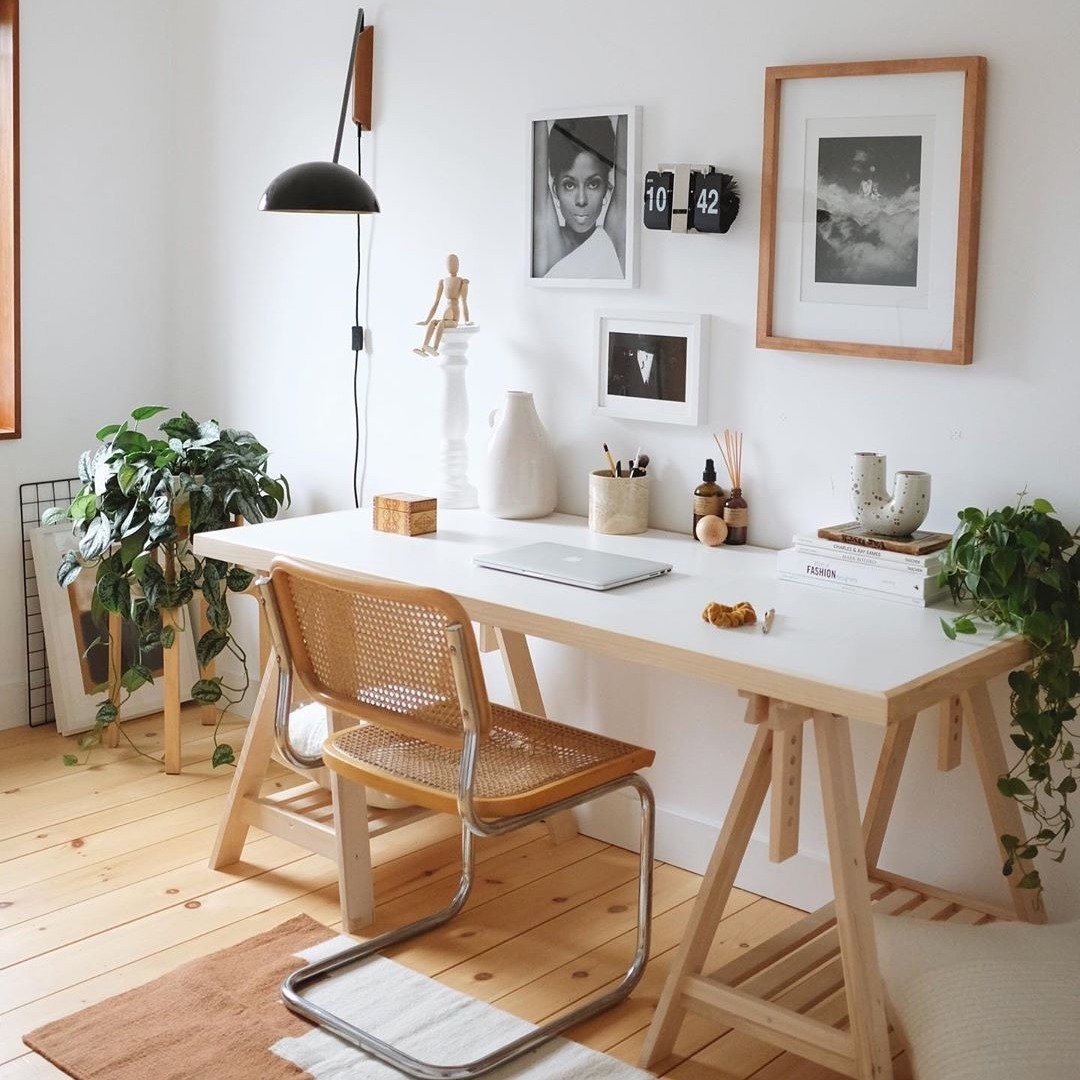
Ergonomic Excellence: Trends in Remote Office Furniture
The landscape of remote work has prompted a surge in demand for comfortable and efficient home office setups. In this article, we explore the evolving trends in remote office furniture, focusing on ergonomic designs and innovative solutions that enhance both productivity and well-being.
Ninth World Hub: Your Source for Remote Office Trends
Discover the latest trends in remote office furniture at Ninth World Hub. As a hub dedicated to showcasing innovative solutions, Ninth World Hub exemplifies how remote office furniture is adapting to the changing needs of the workforce. Visit Remote Office Furniture Trends at Ninth World Hub to explore the forefront of ergonomic excellence.
Ergonomics at the Forefront
Ergonomics takes center stage in the design of remote office furniture. With a heightened awareness of the importance of posture and comfort, furniture designers are prioritizing ergonomic features. Adjustable desks, chairs with lumbar support, and customizable configurations are becoming staples in home offices to promote well-being during extended work hours.
Adaptable and Multi-Functional Furniture
The versatility of remote workspaces has led to a rise in adaptable and multi-functional furniture. Furniture pieces that can serve dual purposes, such as a desk that transforms into a standing desk or a storage unit that doubles as a room divider, maximize the utility of limited space, catering to the diverse needs of remote workers.
Compact and Space-Saving Solutions
Many remote workers find themselves working in compact living spaces. Recognizing this, designers are creating space-saving furniture solutions. Foldable desks, wall-mounted storage, and modular furniture that can be easily reconfigured are gaining popularity, allowing individuals to optimize their home office setups without compromising on functionality.
Tech-Integrated Furniture
As technology continues to play a crucial role in remote work, furniture is becoming more tech-integrated. Wireless charging stations, built-in USB ports, and smart furniture with integrated sensors are becoming common features. These innovations not only cater to the needs of the modern workforce but also contribute to a clutter-free and technologically advanced workspace.
Biophilic Design Elements
Bringing elements of nature into home offices is a trend known as biophilic design. Remote office furniture now incorporates natural materials, textures, and colors to create a more organic and calming work environment. This design approach is believed to enhance creativity, reduce stress, and promote overall well-being among remote workers.
Sustainable and Eco-Friendly Choices
Sustainability is a key consideration in modern furniture design, and this extends to remote office setups. Furniture made from recycled materials, responsibly sourced wood, and eco-friendly finishes are gaining traction. Remote workers are increasingly valuing sustainable options that align with their environmental consciousness.
Personalization and Customization
The one-size-fits-all approach no longer applies to remote office furniture. Personalization and customization are gaining importance as individuals seek furniture that reflects their personal style and preferences. Customizable desks, chairs with various fabric options, and modular systems that allow users to create a personalized workspace are becoming prevalent.
Inclusive and Accessible Design
Inclusivity is a growing consideration in remote office furniture design. Furniture that accommodates various body types, accessibility needs, and diverse work habits is becoming more widespread. This shift towards inclusive design ensures that remote workspaces can cater to the diverse needs of a global and varied workforce.
Collaborative Furniture for Virtual Meetings
With the rise of virtual meetings, collaborative furniture is gaining importance. Furniture that facilitates virtual collaborations, such as video conferencing-friendly lighting, soundproofing solutions, and flexible seating arrangements, is becoming integral to remote office setups. These innovations contribute to a seamless and productive virtual work environment.
Conclusion: Shaping the Future of Home Offices
In conclusion, the trends in remote office furniture are shaping the future of home offices. From ergonomic designs that prioritize well-being to sustainable and tech-integrated solutions, furniture designers are adapting to the evolving needs of remote workers. Explore the latest in remote office furniture trends at Ninth World Hub and envision how ergonomic excellence is enhancing the remote work experience.
